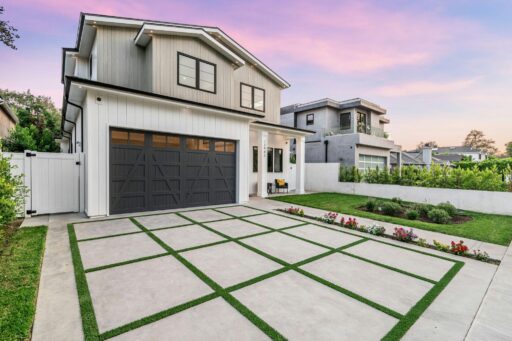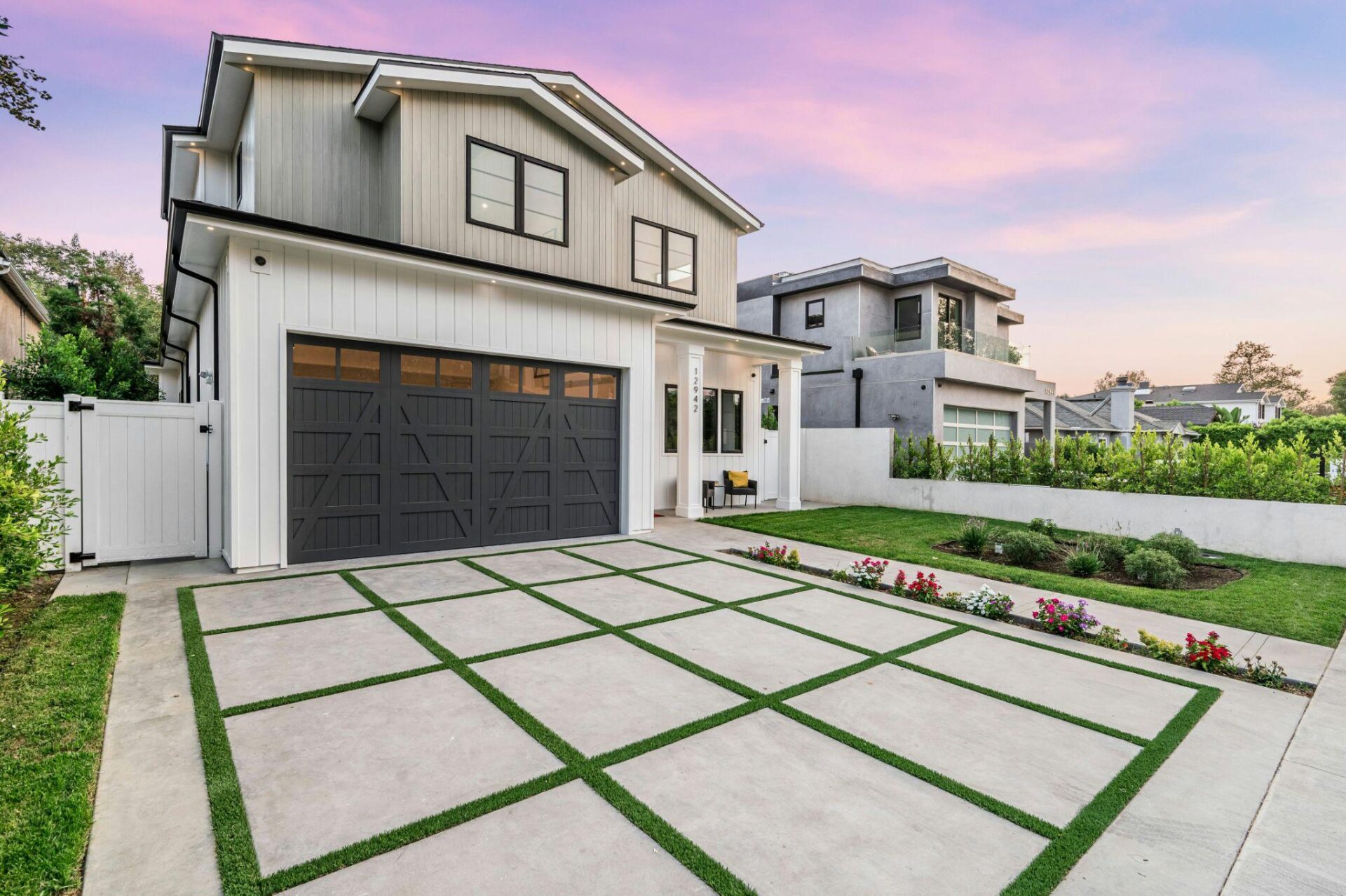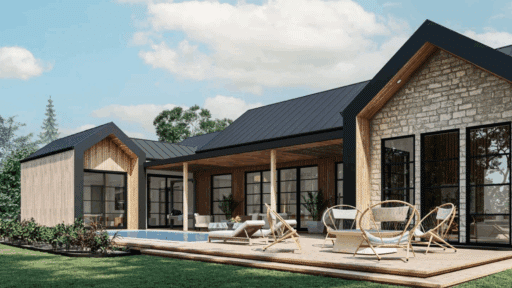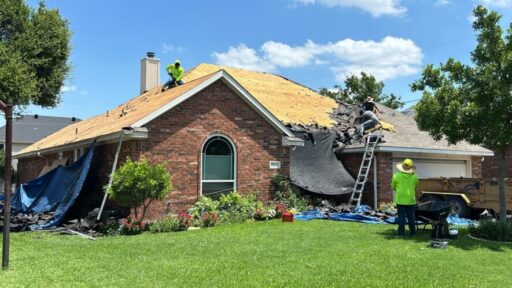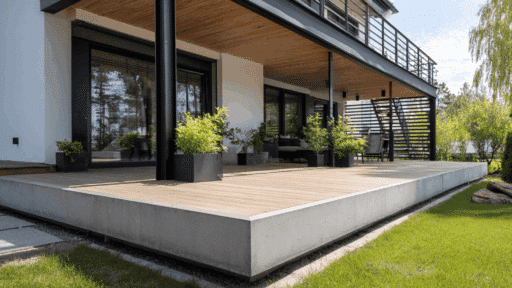Your front yard is the first impression your home makes—and in 2025, thoughtful landscaping goes far beyond curb appeal. Homeowners across the West Coast are rethinking how to blend form, function, and sustainability into the spaces that frame their homes.
Modern front yard landscaping is all about balance: low maintenance yet visually striking, environmentally conscious yet practical, and customized to enhance both aesthetics and property value. Whether you’re planning a full redesign or subtle updates, this guide covers what’s trending, what it costs, and how professionals can help you bring it all together.
Why Front Yard Landscaping Still Matters in 2025
Curb Appeal & First Impressions
A well-landscaped front yard enhances your home’s overall image, boosting resale potential by up to 15%, according to real estate studies. In competitive housing markets, that extra touch of design can make all the difference. Front yards today serve as more than just decorative entryways—they’re reflections of your home’s personality and your commitment to sustainable living.
Function Beyond Beauty
Modern front yards are designed for dual purpose—beauty and utility. Homeowners are incorporating native gardens that attract pollinators, permeable pathways that manage runoff, and even small seating areas that encourage outdoor connection with neighbors.
Balancing Design and Maintenance
With busy lifestyles, low-maintenance landscaping is a must. Homeowners are swapping traditional lawns for hardy groundcovers, decorative gravel, and drought-tolerant plants that require less watering and upkeep—perfect for the varying conditions across the West Coast.
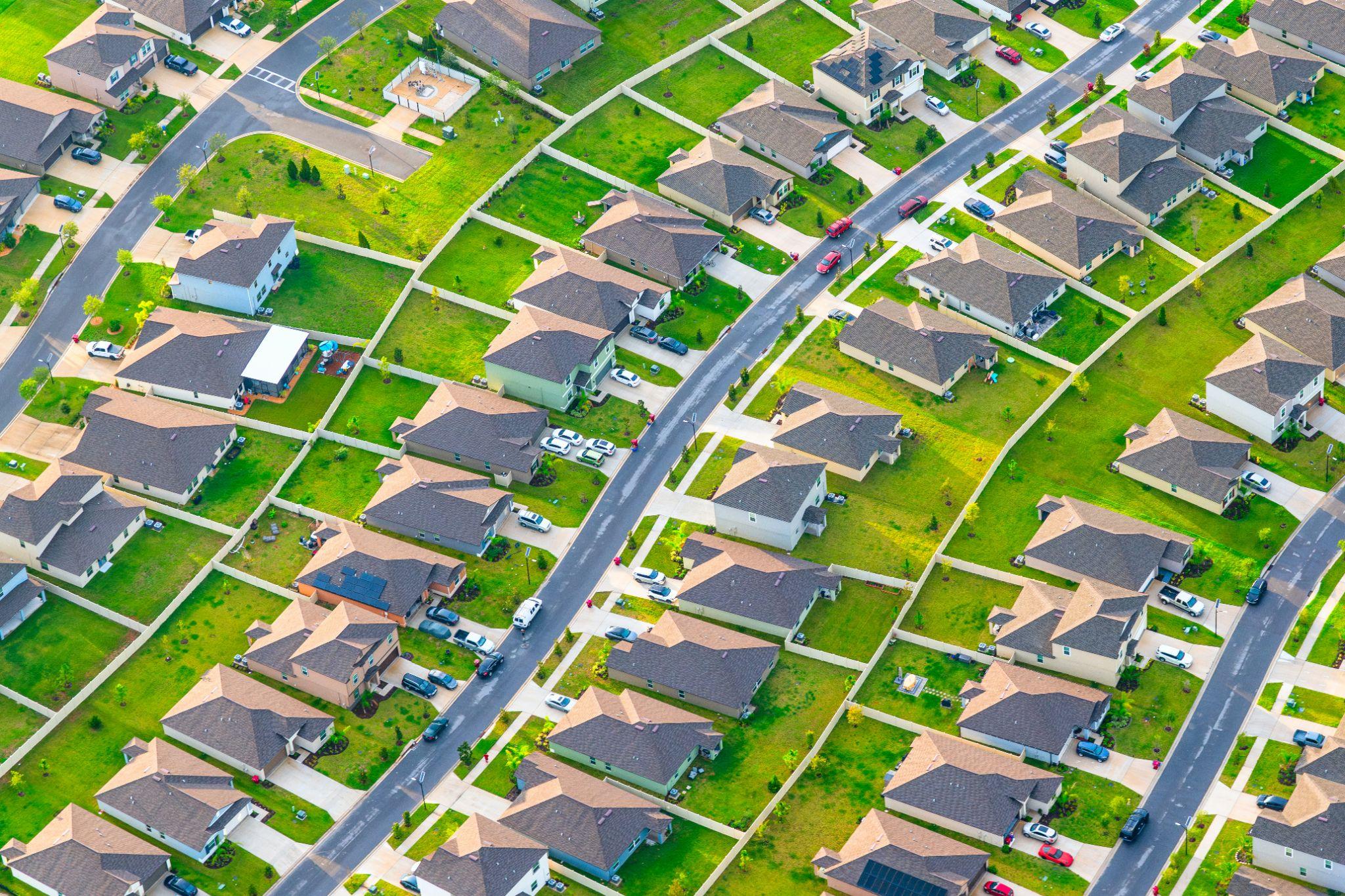
Budgeting for a Front Yard Makeover
Average Costs in 2025
The cost to redesign a front yard varies based on size, complexity, and materials. Nationwide, projects typically range from $4,000 to $12,000, but across the West Coast—where labor and material costs run higher—homeowners can expect to spend $6,000–$15,000 on a mid-range project.
Where to Spend vs. Save
Invest in elements that offer long-term value: durable hardscapes, quality fencing, trees, and lighting. Save on DIY-friendly updates like plantings and mulching. For example, adding a modern fence or improved lighting can yield a greater ROI than replanting a full lawn.
Planning Phases
Effective landscaping follows a logical sequence:
- Design – Define zones, styles, and materials.
- Site Preparation – Grade, clear, and prepare soil.
- Installation – Add plants, pathways, fencing, and irrigation.
- Finishing Touches – Incorporate lighting, décor, and maintenance planning.
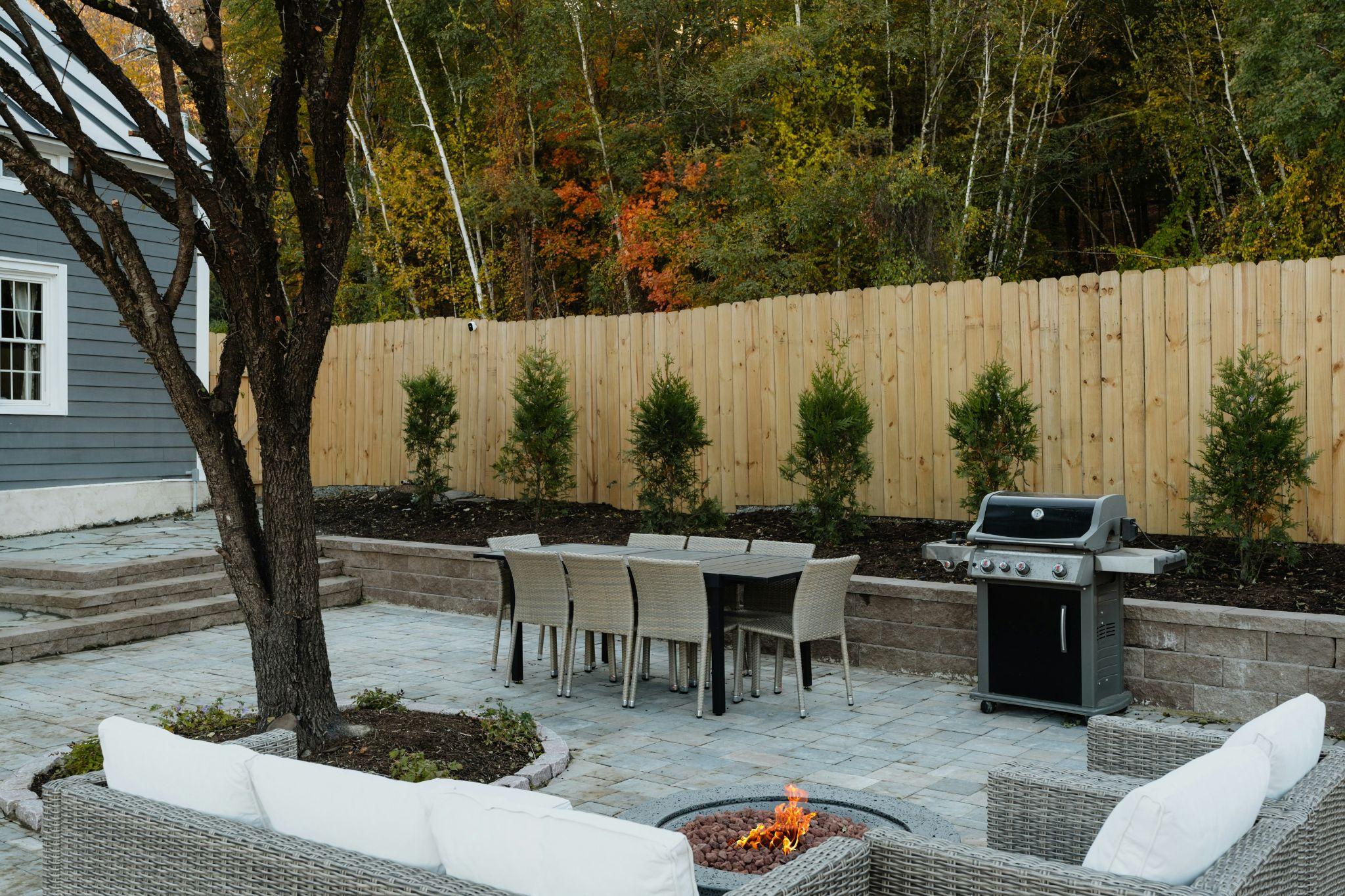
Design Trends Defining Front Yard Landscaping in 2025
Sustainable & Drought-Resistant Landscapes
Environmental responsibility remains at the forefront. Homeowners are embracing xeriscaping, using stone, mulch, and hardy greenery for texture and visual depth. This approach minimizes water use while maintaining color and structure throughout the year.
Clean Hardscapes & Modern Fencing
Minimalist design continues to dominate in 2025. Concrete pavers, flagstone paths, and metal or vinyl fencing are replacing traditional ornamentation for a sleek, cohesive look.
Fencing, in particular, plays a key role—framing the landscape and anchoring the overall aesthetic. Partnering with experts like Cool Cat Fence ensures that your front yard fencing complements your home’s design, adds security, and stands up to the elements with durable, long-lasting materials.
Pollinator Gardens & Biodiversity
Even small front yards can make an environmental impact. Incorporating pollinator-friendly plants—such as lavender, echinacea, and salvia—supports local ecosystems and creates a natural flow of color year-round.
Lighting and Technology
Outdoor lighting continues to evolve with solar-powered and motion-sensitive fixtures that enhance safety and highlight architectural features after dark. Smart irrigation systems controlled via smartphone help conserve water and simplify maintenance.
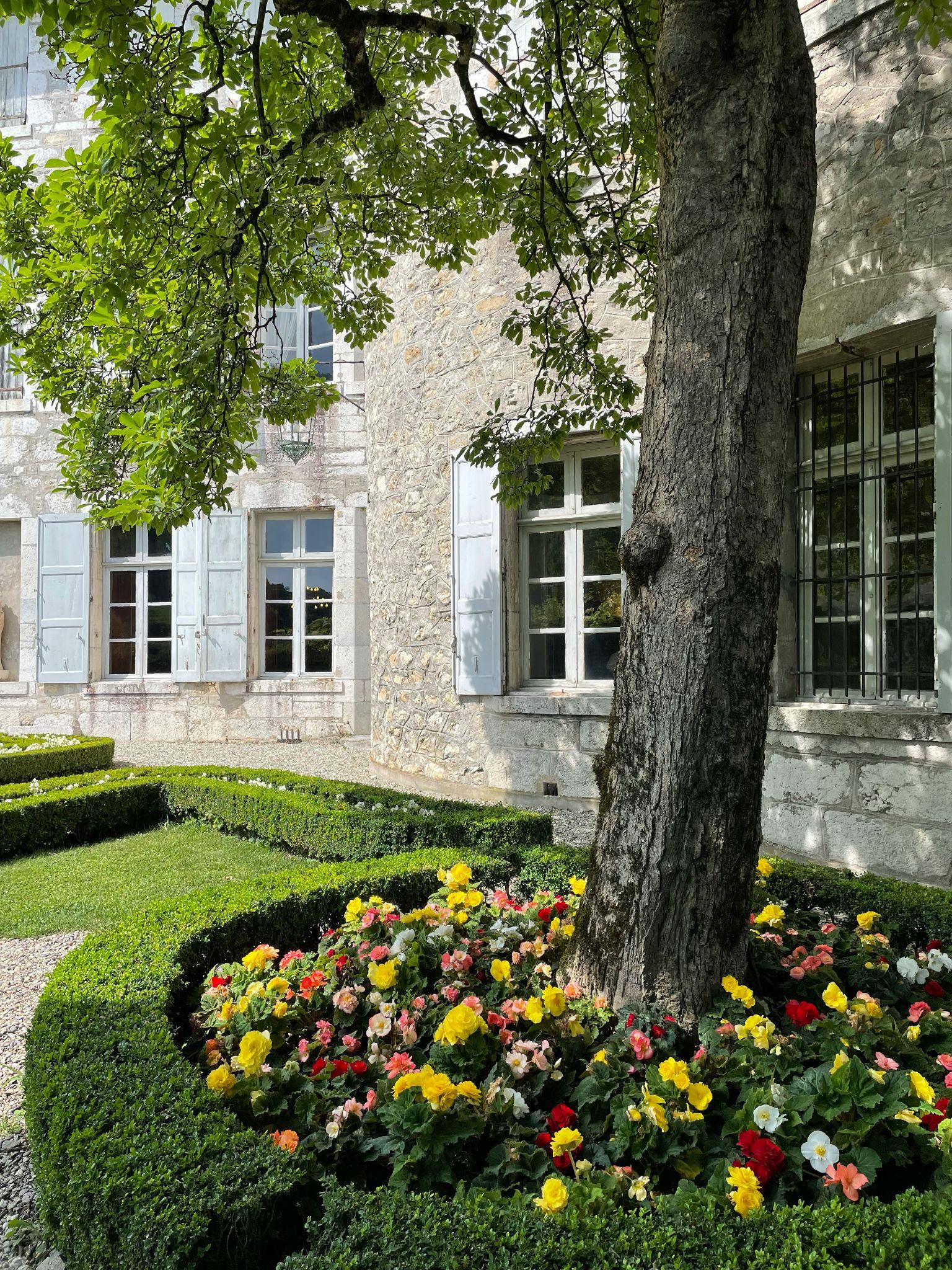
Planning for Structure and Function
Integrating Driveways, Walkways, and Entryways
A cohesive design ties every element together—from the driveway to the porch. Use contrasting textures to guide visitors naturally toward the entryway. Materials like decomposed granite or smooth concrete are both functional and elegant, offering durability and easy upkeep.
Design Engineering for Structure and Aesthetics
Successful front yard landscaping isn’t just about plants and pathways—it’s about creating harmony between architecture, materials, and layout. Homeowners who want to elevate their curb appeal often start by aligning landscaping plans with their home’s architectural and structural design.
Working with experts who specialize in architectural and structural planning ensures that every detail—from retaining walls to entry steps and integrated lighting—is cohesive and built to last. Firms like Golden State Design & Engineering take a design-forward, engineering-based approach to residential projects. Their team helps homeowners create front yard layouts that enhance architectural balance, complement property lines, and ensure every hardscape element meets building and safety standards.
By incorporating professional design engineering into your landscaping plans early, you’ll achieve a polished, well-balanced front yard that seamlessly ties into your home’s overall aesthetic.
Accessibility & Safety
Modern landscaping design emphasizes inclusivity. Non-slip pathways, gentle slopes, and strategically placed lighting improve both safety and accessibility for all visitors.
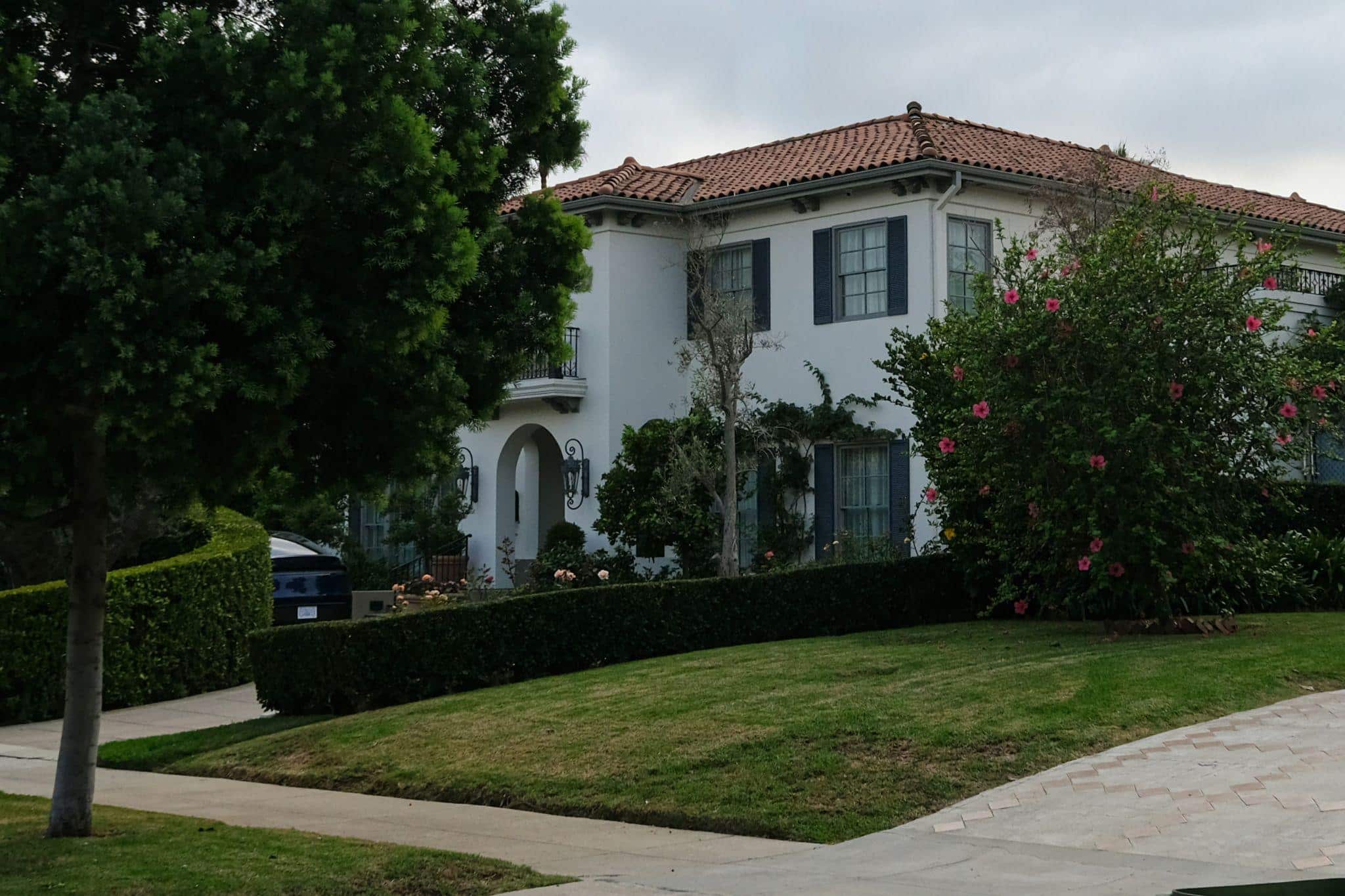
The Role of Fencing in Modern Front Yard Design
Blending Security with Aesthetics
Fencing isn’t just about privacy—it’s an architectural statement. A well-designed fence complements the home’s façade and frames the landscaping like a piece of art. For homeowners, popular materials include horizontal wood slats, vinyl, and composite panels that resist weather damage and require little maintenance.
Popular Fence Styles for Front Yards
- Horizontal Slat Fences: Contemporary, clean, and ideal for modern homes.
- Decorative Metal or Aluminum: Adds structure and sophistication without obstructing views.
- Vinyl & Composite Fencing: Offers durability and easy maintenance across all climates.
Eco-Friendly & Durable Materials
Manufacturers are prioritizing recyclable, low-impact materials with longer lifespans. This shift not only benefits the environment but also reduces long-term replacement costs for homeowners.
Bringing It All Together – A Holistic Design Approach
Coordinating with Professionals
The most successful landscaping projects rely on collaboration. Landscape designers, fencing specialists, and engineering professionals work best when they’re involved from the start, ensuring materials, structure, and style align cohesively.
Cohesive Aesthetic Choices
Your home’s architectural style should inform every design decision—from fencing colors to lighting tone. Using consistent materials and complementary accents, such as warm LED lighting and natural stone borders, helps unify the space visually.
Seasonal Care & Maintenance
Even low-maintenance yards benefit from regular attention. Trim perennials, clean pathways, and test irrigation systems seasonally. Consistent upkeep preserves your investment and keeps your front yard looking fresh year-round.
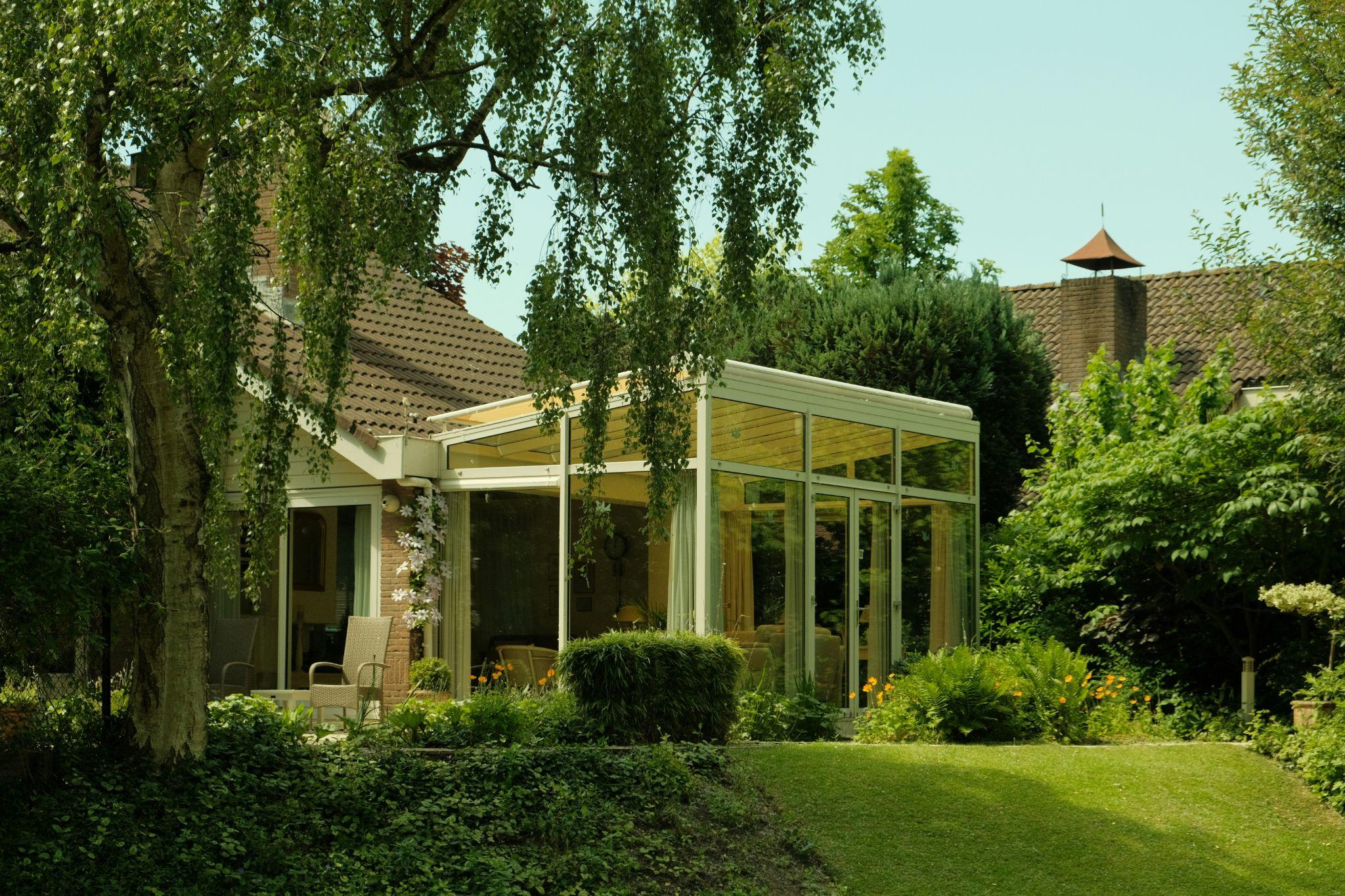
Conclusion
Front yard landscaping in 2025 is about more than curb appeal—it’s about crafting an inviting, functional, and enduring first impression. From drought-tolerant plantings to modern fencing and architectural engineering, every element plays a role in elevating your home’s exterior.
For homeowners ready to enhance their property, partnering with professionals ensures lasting results. Fence experts like Cool Cat Fence deliver durable, stylish solutions that frame your landscape beautifully, while architectural specialists at Golden State Design & Engineering provide the design precision and structural insight that make every outdoor project stand out. Together, they help transform ordinary front yards into timeless, welcoming spaces built to thrive for years to come.

